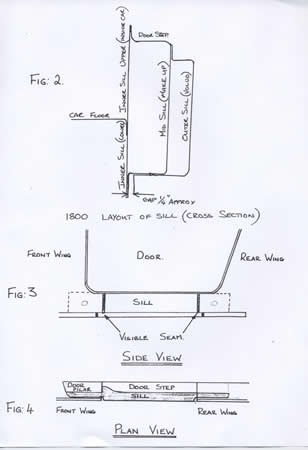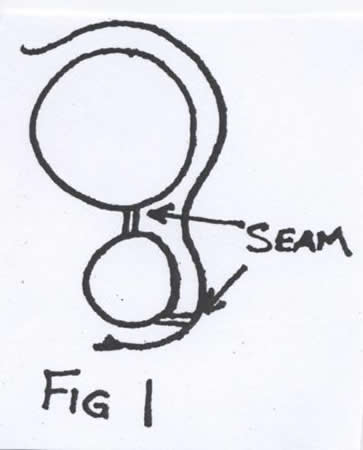BODY PROBLEM AREAS
|
|||
|
|||
Bonnet: Rust in the bonnet frame is common particularly around the hinge mountings. The hinges also seize regularly if not used which cause damage when the bonnet is forced open. Rust also affects the bonnet skin particularly at the front edge and corners. Good second hand bonnets are rare and expensive. Remember also that a bonnet from another 1800 may not fit your car correctly. Boot Lid: Rust in the rear section of the boot lid skin around the handle is common. Like Bonnets, good second hand boot lids are rare and expensive. Also like the Bonnet, a boot lid from another 1800 may not fit your car correctly. Front Scuttle – Area below front windscreen: Pay particular attention when checking this area. Rust is very
common under the windscreen rubber and can show itself as rust
marks coming from under the seal. The bodyshell here is double
skinned and rust can affect the bulkhead – check by pushing
down on the panel near the rubber. If rotten the panel will easily
move down away from the seal. In very bad cars I have seen this
move up to ½ an inch when checked. It is worth at this
stage to also check inside the car up under the dashboard to
se if the are any signs of rust caused by corrosion under windscreen
seal. |
|||
| << PREVIOUS | |||

